In today’s world, networking devices have become an essential part of our lives. From smartphones to laptops, we all use these devices to stay connected with the world. However, to establish a network connection between these devices, we need the right type of cables. In this blog, we will discuss the types of cables used for networking devices.
Twisted pair cables Twisted pair cables were introduced in the 1990s as an improvement over coaxial cables. They consist of two or more twisted copper wires, with each pair wrapped in insulation. Twisted pair cables are more resistant to electromagnetic interference than coaxial cables and offer higher bandwidths. They are the most common type of cable used for LANs today.
Shielded twisted pair cables were introduced in the 1990s as a way to reduce electromagnetic interference on twisted pair cables. They consist of twisted pairs of copper wires surrounded by a shielded sheath. Shielded twisted pair cables offer even higher bandwidths and better resistance to interference than unshielded twisted pair cables.
- Ethernet Cable:
Ethernet cables are a type of twisted pair cable that is widely used for LANs. They were first introduced in the 1980s and have evolved to support higher bandwidths and faster data transfer rates. Today, Ethernet cables come in different categories, including Cat5e, Cat6, and Cat7, with each category offering higher bandwidths and faster data transfer rates. Ethernet cables are the most commonly used type of cables for networking devices. These cables are designed to transfer data between computers and other devices using a wired connection. Ethernet cables come in different categories, such as Cat5, Cat5e, Cat6, and Cat7, with each category offering different data transfer speeds and bandwidth.
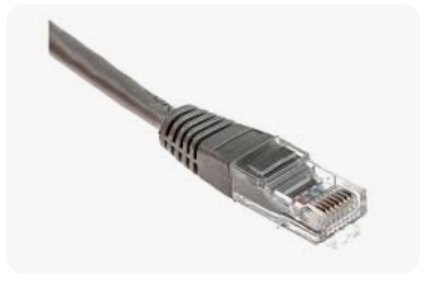
- Coaxial Cable:
Coaxial cables were one of the first types of cables used for networking. They were widely used in the 1980s and 1990s and were used primarily for connecting computers to a local area network (LAN). They have a single copper conductor surrounded by insulation, a braided shield, and an outer sheath. However, coaxial cables had limitations, including low bandwidth and susceptibility to electromagnetic interference. Coaxial cables are another type of cable used for networking devices. These cables have a central conductor made of copper, which is surrounded by a layer of insulating material, a braided shield, and an outer cover. Coaxial cables are mainly used for cable TV connections, but they can also be used to connect networking devices.

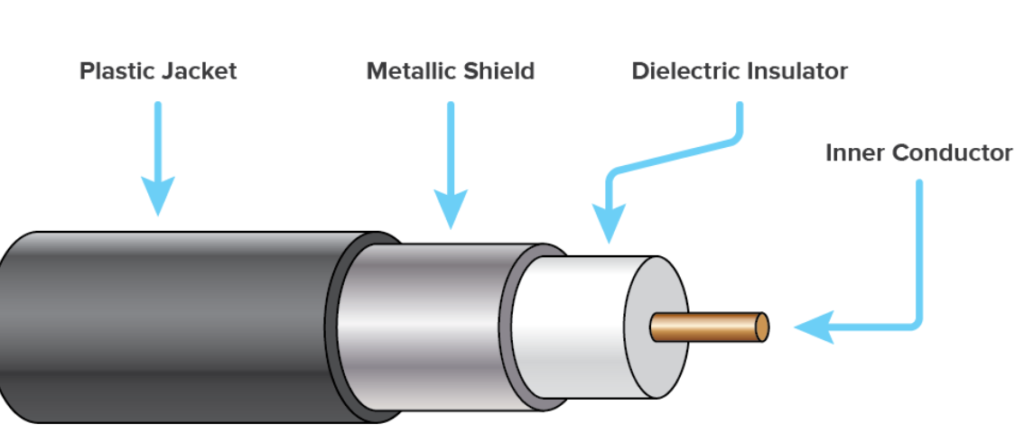
- Fiber Optic Cable:
Fiber optic cables were introduced in the 1970s and were first used in long-distance telecommunications networks. They consist of glass or plastic fibers that transmit data using light. Fiber optic cables offer higher bandwidths than copper cables and are less susceptible to interference. They are widely used today in high-speed networks, data centers, and telecommunications networks. Fiber optic cables are a type of cable that uses light to transfer data. These cables consist of thin glass fibers that transmit data over long distances at high speeds. Fiber optic cables are the best option for long-distance connections, and they are widely used in data centers, telecommunications networks, and other high-speed data transfer applications.
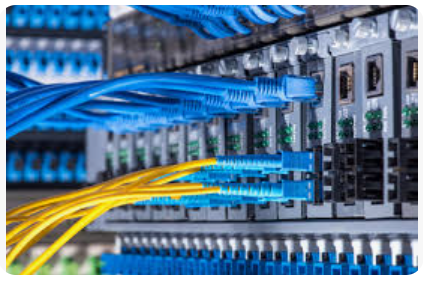
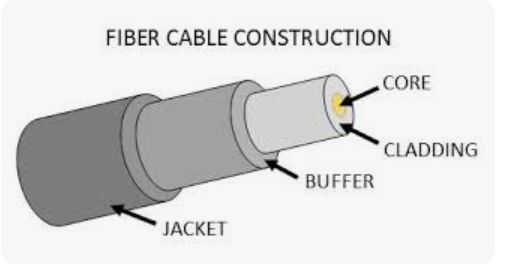
- USB Cable:
USB cables are mainly used to connect peripheral devices such as printers, cameras, and external hard drives to a computer. USB cables are available in different sizes and types, including USB Type-A, USB Type-B, and USB Type-C.

- HDMI Cable:
HDMI cables are primarily used to connect audio and video devices such as TVs, projectors, and gaming consoles. These cables transmit high-quality audio and video signals over a single cable.
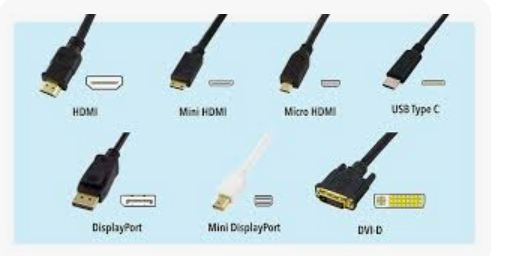
Limitations of spome specfic cables:
- Coaxial Cable Coaxial cable was commonly used in the past, but it has several limitations. It is not suitable for high-speed data transfer and has a limited range. Additionally, it is difficult to install and terminate, making it less practical for modern networks.
- Twisted Pair Cable Twisted pair cable is the most common type of network cable used today. However, it has some limitations. It has a limited range of around 100 meters, which can be a problem for larger networks. Additionally, it is susceptible to interference from other cables and devices, which can impact data transfer speeds.
- Fiber Optic Cable Fiber optic cable is the fastest and most reliable type of cable used in networks. However, it is expensive and can be difficult to install and terminate. Additionally, it requires specialized equipment to test and maintain, making it less practical for smaller networks.
- Powerline Networking Powerline networking is a relatively new technology that uses the electrical wiring in a building to transmit data. However, it has several limitations. It can be affected by electrical interference, and the quality of the electrical wiring in a building can impact performance. Additionally, it has a limited range and may not be suitable for larger networks.
- Wireless Networking Wireless networking is becoming increasingly popular, but it has some limitations. It can be affected by interference from other wireless devices and obstacles such as walls and furniture. Additionally, it has limited range and may not be suitable for larger networks.
In conclusion, the right type of cable for your networking devices will depend on your specific needs. Ethernet cables are the most common type of cable used for networking, but fiber optic cables are the best option for long-distance connections. Coaxial cables are mainly used for cable TV connections, and USB and HDMI cables are used to connect peripheral devices and audio/video devices, respectively. So, choose the right cable according to your networking requirements, and enjoy seamless connectivity with your devices.
